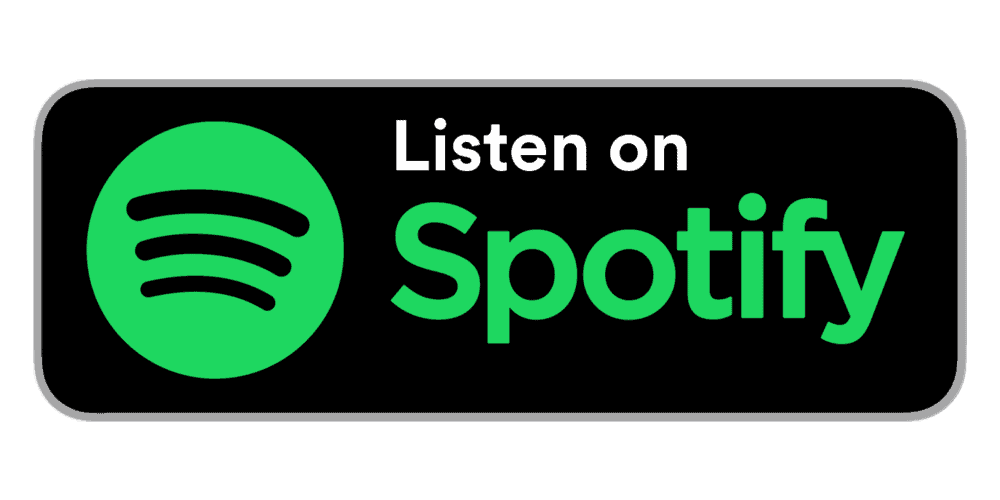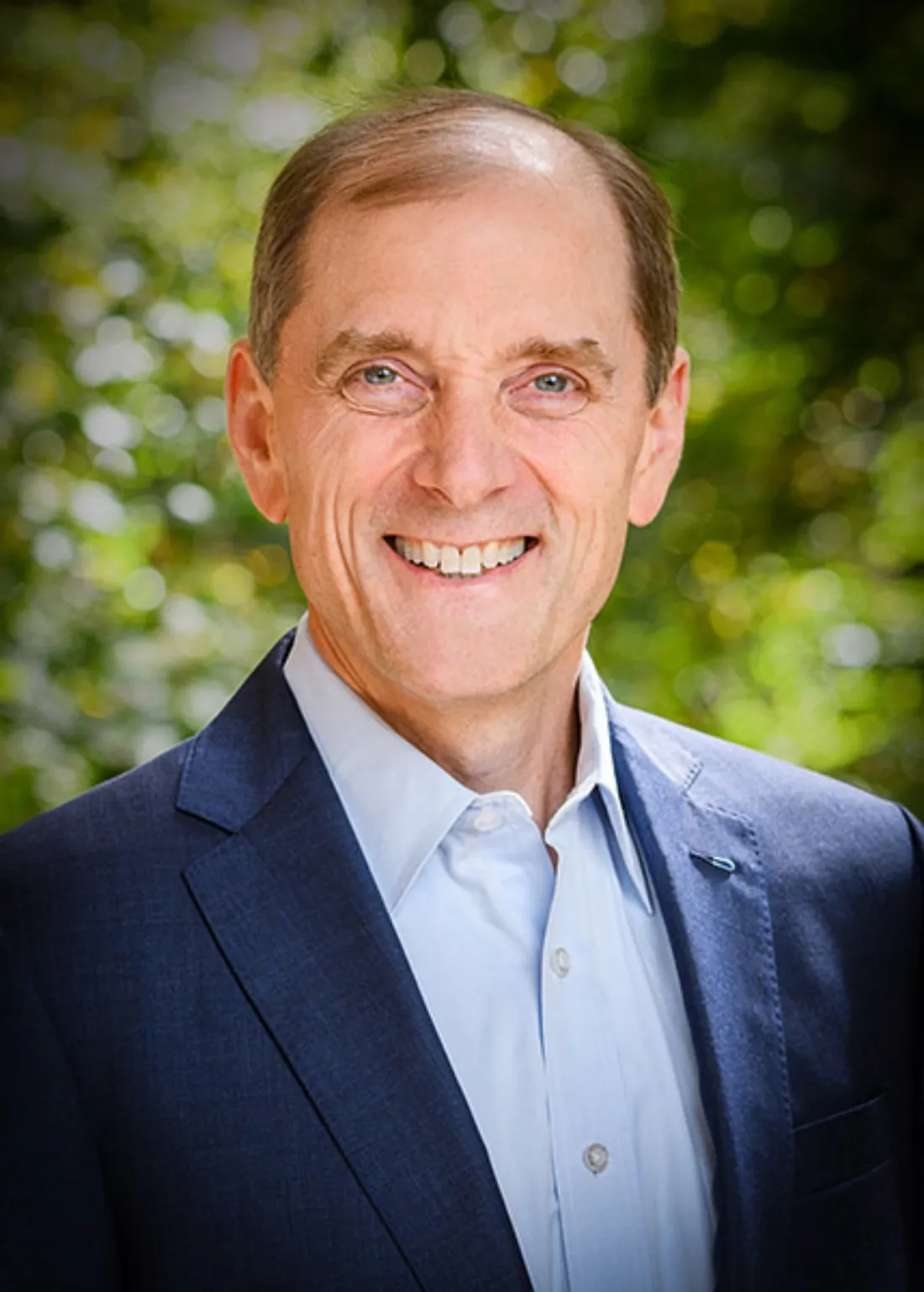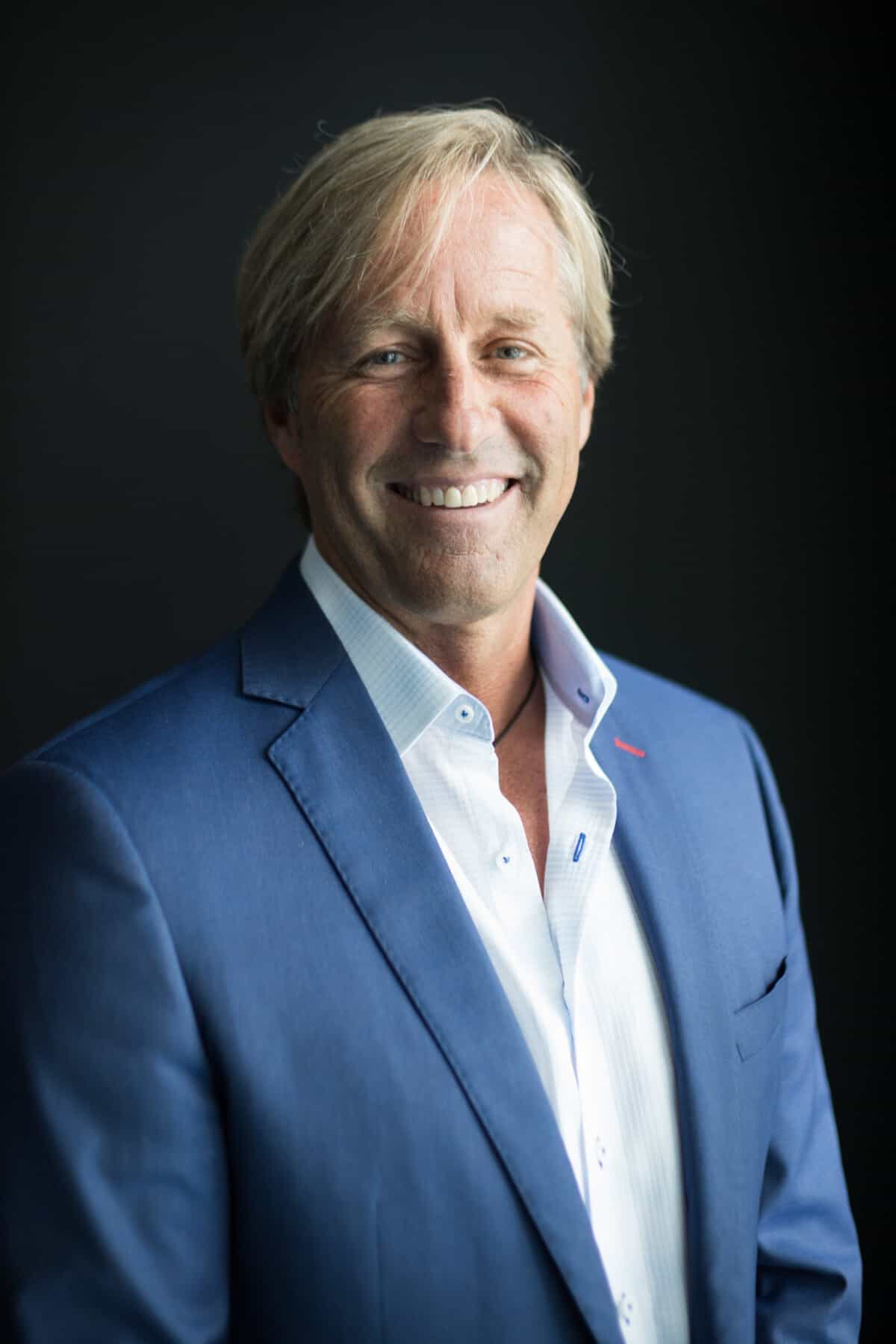Share:

In this episode we talked with Brandi Olson and discussed how leaders can help their teams achieve high-performance and break burnout cycles.
Brandi is an organizational agility expert and founder of Real Work Done, a consultancy serving leaders through agile transformation, organizational strategy, team design, and executive coaching.
She has spent nearly two decades consulting with organizations across diverse sectors—from nonprofits to universities to global Fortune 500 companies. As an expert in organizational learning and change, she teaches leaders how to solve problems and adapt fast with high-performing teams.
Brandi is also the author of Real Flow: Break the Burnout Cycle and Unlock High Performance in the New World of Work, which covers the exact topic we will be speaking about today.
Join us as we discuss with Brandi how leaders can help their teams achieve high-performance and break burnout cycles. Hear Brandi explain the difference between being busy and being effective. Listen to Brandi share how productivity and well-being work hand-in-hand. Learn how organizations can address burnout and prevent it from happening.
Here is a link to Brandi’s website:
https://realworkdone.com/
Here is a link to Brandi’s book:
Real Flow: Break the Burnout Cycle and Unlock High Performance in the New World of Work
Here is a link if you want to Connect With Brandi on LinkedIn:
Brandi’s LinkedIn Profile
Brandi’s Top 5
1. Busy Doesn’t Mean Productive
We get sucked into some powerful cultural illusions that keep us thinking that busy = important or that well-being and high performance exist on opposite ends of the spectrum — that’s a false binary. The opposite is true. Well-being is the only path to SUSTAINABLE high performance.
2. Burnout is an Organizational Problem
Burnout surfaces as an individual problem, so we often try to solve it with individual solutions — the reality is that burnout is an organizational problem and needs organizational solutions, which leads to #3
3. Address the Problem, No the Symptoms
Burnout is the symptom of the problem — the root problem is what I call organizational multitasking: pursuing too many competing priorities at the same time, to the point that quality, outcomes, and people suffer.
4. Understand the Effects of Task-Switching
We also need to understand the particular ways that human brains solve problems and collaborate — the cognitive science of how we manage context switching is the fundamental reason that organizational multitasking becomes so harmful.
5. Manage and Balance Organizational Efforts
The way forward is to manage work-in-progress limits (how much we pursue at the same time).






